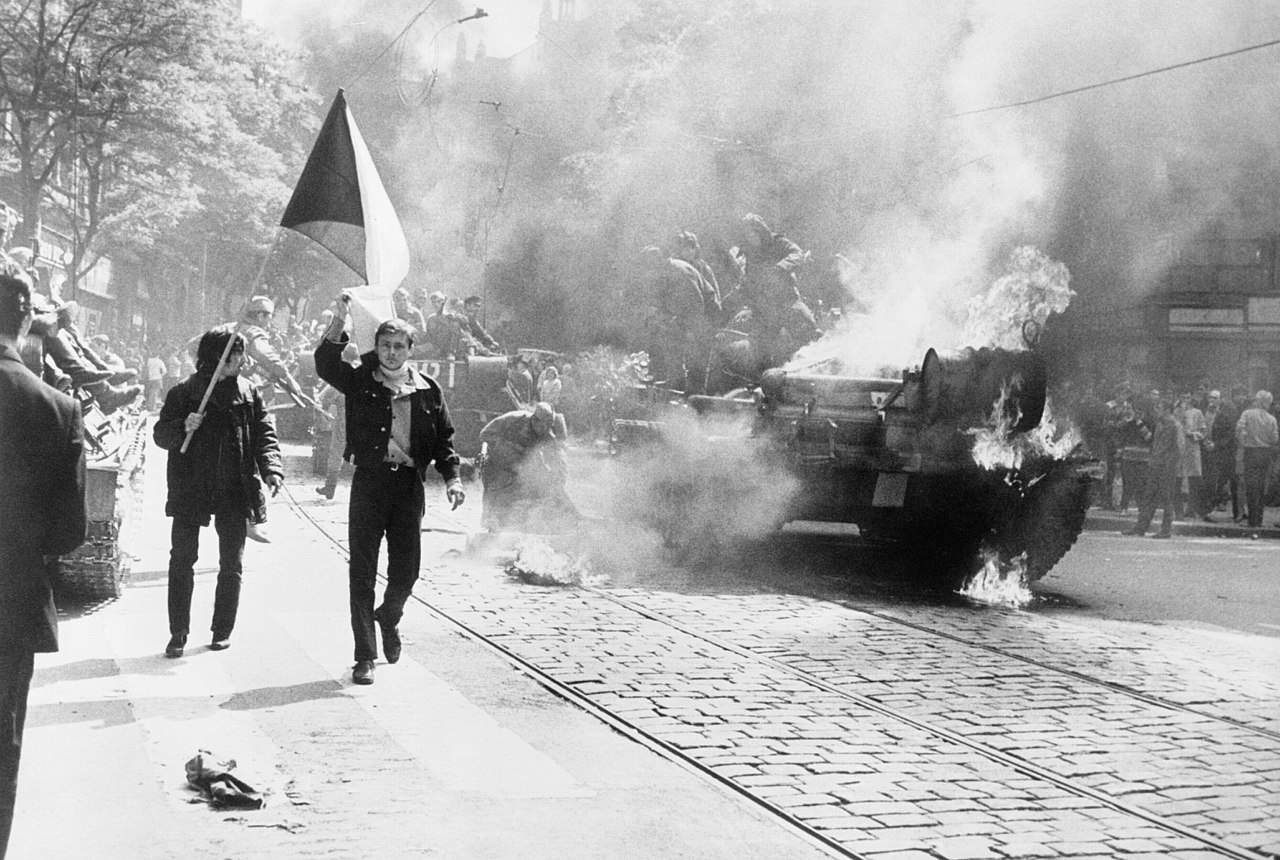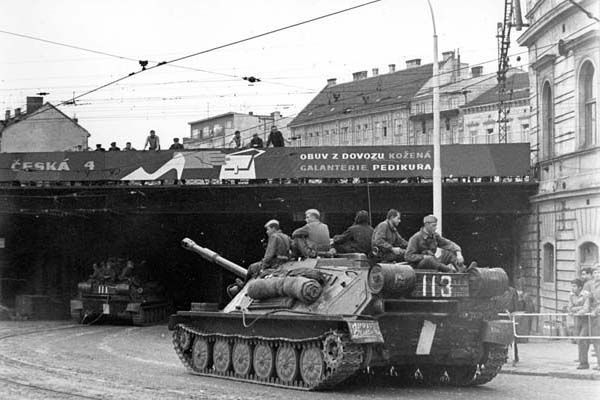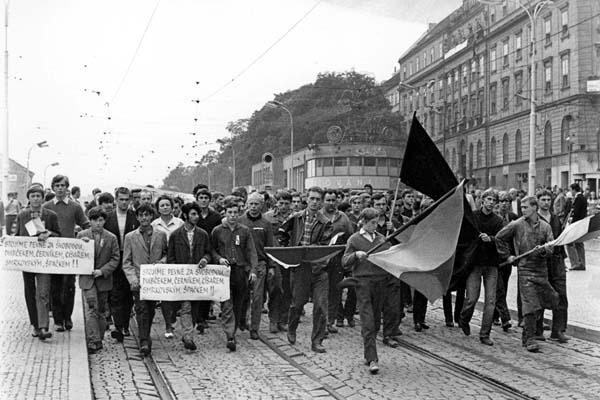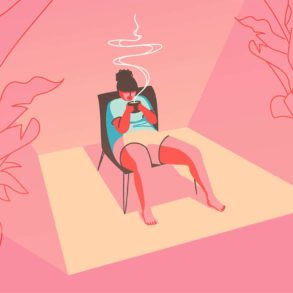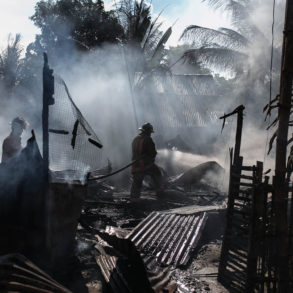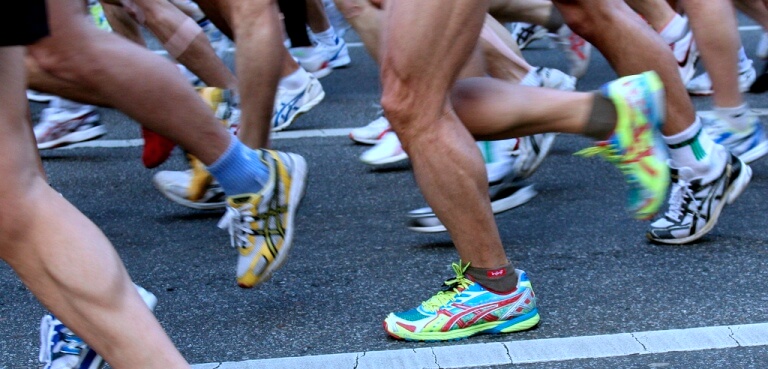Photo: Prague, August 21, 1968. // Credit: František Dostál (František Dostál´s archive) [CC BY-SA 4.0], via Wikimedia Commons.
On the morning of Aug. 21, 1968 — 50 years ago — Czechoslovakia awoke to tanks and machine guns and soldiers.
Brno, Aug 20 (BD) – Every country has its historical highlights that are celebrated annually. The Fourth of July in the United States. Bastille Day in France. The fall of the Berlin Wall in Germany. The Velvet Revolution in the Czech Republic.
But there are also dates that “live in infamy,” as American President Franklin Delano Roosevelt described the surprise attack on Pearl Harbor on Dec. 7, 1941. It is not hard to think of many more: the assassination of Archduke Franz Ferdinand on June 28, 1914 in Sarajevo; the German invasion of Poland on Sept. 1, 1939; the detonation of nuclear weapons over the Japanese cities of Hiroshima on Aug. 6 and Nagasaki on Aug. 9 in 1945; and, in most of our lifetimes, Sept. 11, 2001 and the attack on the World Trade Center in New York City and the Pentagon in Washington D.C. by Al-Qaeda terrorists.
Nobody celebrates these dates. Yet, they are turning points as significant as the positive dates.
The Czech Republic has just such a date coming tomorrow.
On the morning of Aug. 21, 1968 — 50 years ago — Czechoslovakia awoke to tanks and machine guns and soldiers. The Warsaw Pact, at the direction of Soviet Secretary General Leonid Brezhnev, had invaded the country during the night in order to end the liberalization of the “Prague Spring” with a reinforcement of the Communist grip on the country.
Photo: During the Soviet invasion of Czechoslovakia, Czechoslovaks carry their national flag past a burning tank in Prague. Credit: The Central Intelligence Agency (Soviet Invasion of Czechoslovakia) [Public domain], via Wikimedia Commons.
More than a half-million Warsaw Pact troops occupied the country. Most of the action occurred in Prague, the capital. But Brno, the biggest city in Moravia, and its large airport were key parts of the strategy.
The Occupation of Brno
By the time most of the citizens of Brno awoke, Soviet soldiers with machine guns were at the main railway station, the post office, Špilberk castle, Náměstí svobody, the Communist Party building, other important civic buildings, and most media outlets.
The first sign of things to come was just after 9 p.m. on Aug. 20 when a Soviet passenger plane landed at the Brno-Tuřany Airport. About 20 people were on board; they were later identified as members of the KGB and they were to be prepared for the subsequent steps of the occupation. Mostly, they stayed in the plane and waited.
Photo: The intersection of Křenová and Koliště Streets, near Brno Central Station. August 1968. Credit: ÚSTR // Národní archiv.
Around 3 a.m. on Aug. 21, a large Soviet military transport plane landed. Paratroopers jumped out while it taxied toward the buildings and they took control of the airport, opening the door for the rest of the military to arrive. By the end of the day, more than 75 planes came through the airport to unload tanks, guns and soldiers.
In the pre-dawn hours, the occupying force rumbled down Olomoucká Street and into the city center. By the time most of the citizens of Brno awoke, Soviet soldiers with machine guns were at the main railway station, the post office, Špilberk castle, Náměstí svobody, the Communist Party building, other important civic buildings, and most media outlets. Every major intersection and bridge had a military presence.
There had been no organized armed resistance.
Media
The occupying forces were able to locate and shut down the main media outlets. Eventually, Brno technicians were able to create a television signal from a makeshift studio.
One of the strategic targets of the occupation force was to disrupt communication to suppress any possible resistance from inside the country and to eliminate news reaching the rest of the world. Brno played an important role in leaving this objective unfulfilled.
The occupying forces were able to locate and shut down the main media outlets. But a remote radio signal was used to keep the transmission going. TV technicians jumped on a transmission bus and drove through Lesná and Soběšice to avoid patrolling tanks en route to the Kojál transmitter near Vyškov, a town 30 km northeast of Brno. Eventually, Brno technicians were able to create a television signal from a makeshift studio. ORF, the Austrian station, received the transmissions and relayed the video and information to the rest of the world.
When the Kojál transmitter was closed off, transmissions resumed from various places, including back in Brno from the CSAV building on Královopolská Street.
In all, Brno technicians were able to broadcast information to the world for about a week.
Protests
The soldiers were instructed to avoid a bloodbath.
Thousands of Brnoans took to the streets to protest the invasion. The largest demonstration on Aug. 21 started at what was then known as Red Army Square (now Moravské náměstí) and moved through Náměstí svobody, down Masarykova and to the main train station. The Soviet soldiers used their weapons at times and several protesters were injured and one was killed, but, clearly, the soldiers were instructed to avoid a bloodbath.
Photo: Brno Central Station, August 1968. Credit: ÚSTR // Národní archiv.
There were more protests on Aug. 22, the second day of the occupation, when the focus turned to a Soviet book shop, where protestors broke off a neon sign and replaced it with a black flag. Black flags also appeared on buildings in Náměstí svobody and the Continental Hotel.
Protests continued well past the invasion and into 1969.
Victims of August 1968 in Brno
14 people were injured and three died in August 1968; Communism continued for another 21 more years until the Velvet Revolution in 1989.
Given the amount of war machinery and the heightened tension, relatively few people were injured or killed. Josef Žemlička, a 16-year-old, was killed in the morning of Aug. 21 when a bullet hit him in the chest. He died on the way to the hospital.
Perhaps the most horrific incident occurred in Brno-Líšeň in the afternoon. Viliam Debnar, who had his 5-year-old son in the car with him, failed to stop quickly enough for a Soviet soldier. Debnar, 30, was shot and killed on the spot. Soldiers refused to let passerbys approach the car, and even fired at the ambulance when it arrived. After an hour of being in the car with the body of his dead father, the boy finally was able to escape. A perfunctory investigation said that the soldier was aiming for the tires and that the shooting was considered justified.
For days afterwards, there were sporadic violent clashes with the Soviet troops. Often there would be traffic accidents caused by the occupiers.
Officially, 14 people were injured and three died. Most importantly, Communism continued for another 21 more years until the Velvet Revolution in 1989.
There is currently an exhibition in the Brno New Town Hall named “1968 – 50th Anniversary of the Occupation of Czechoslovakia”. It is free until Tuesday.
There will be no parade or celebration on Tuesday. It is 50 years later but, among the older generation, it is still a subject that inspires vivid memories.
There is currently an exhibition in the Brno New Town Hall named “1968 – 50th Anniversary of the Occupation of Czechoslovakia”. It is free until Tuesday.
The Moravian Library has an exhibition titled “Special Edition: 50 years since the occupation of Czechoslovakia on 21 August 1968 in the Moravian Press.” It is until Oct. 5.
The Brno City Museum will have “The Year 1968 in Brno with the eyes of the censor” from Aug. 21 to the end of October.
Get the news first! Subscribe to our daily newsletter here. Top stories of the day in your mailbox every morning.




